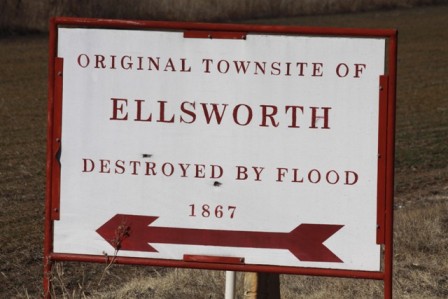Mitigation can be defined as long term effort to reduce the loss of life and property by lessening the impact of disasters. Mitigation against flooding has been done in Kansas through minor flood control projects such as a larger culvert, or through grants that buy out properties that are prone to flooding. Mitigation can be something as simple as education, a safety brochure or outreach to the public. Mitigation can be more complicated and include a major brick and mortar project.

Mitigation efforts lead to more resilient communities. Resilient communities have fewer losses of life and property during a disaster and recover faster from the impacts of a disaster. Communities that prepare for and plan for disasters are shown to be better able to recover when disasters happen. One way that communities prepare for disasters is through their own local hazard mitigation plans. Resiliency should be a goal for all cities and counties in Kansas.
For more information about mitigation in Kansas, contact the State Hazard Mitigation Officer (SHMO) or visit the Kansas Department of Emergency Management (KDEM) Hazard Mitigation Resources.
The Federal Emergency Management Agency’s (FEMA) Federal Insurance and Mitigation Administration (FIMA) manages the National Flood Insurance Program (NFIP). There are a variety of mitigation grant programs administered through FIMA. Community officials may already have an idea for a mitigation project. Those communities should review the criteria for some of the hazard mitigation grant programs and work with their own local Emergency Management Coordinator and the State Hazard Mitigation Officer (SHMO).